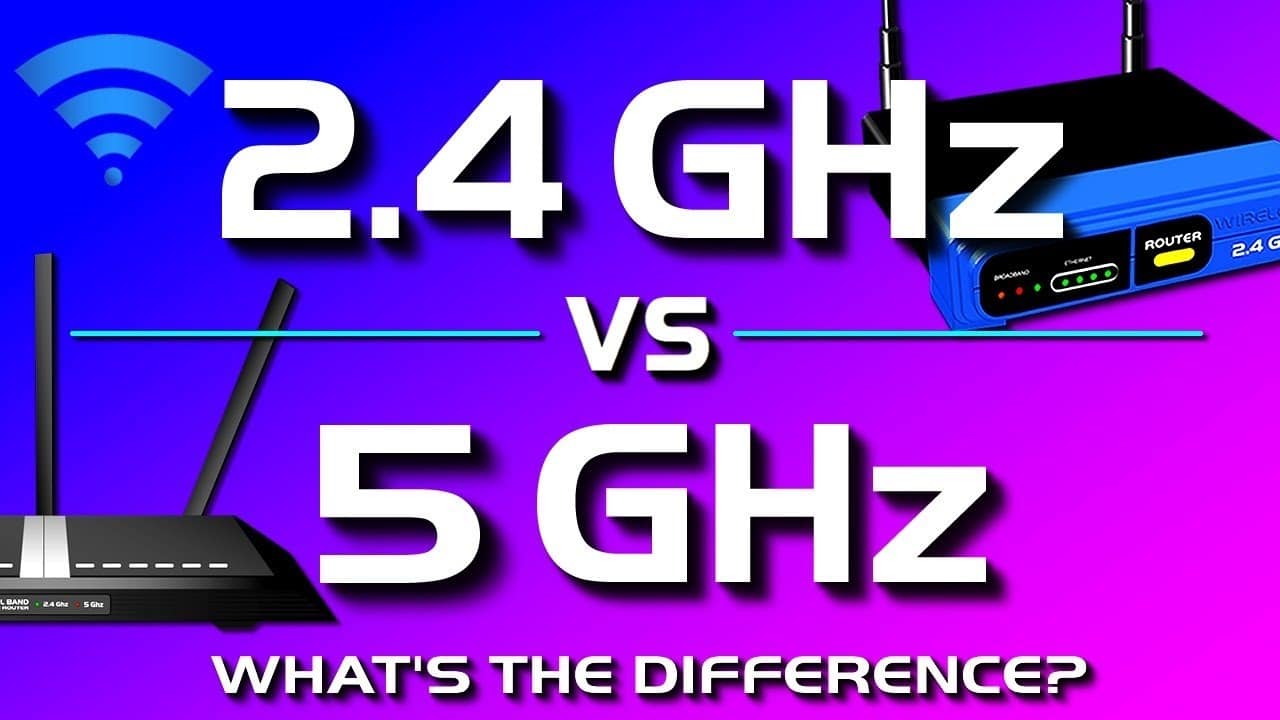A look at the advantages and limitations of the two Wi-Fi frequencies. Wi-Fi networks use radio signals in the 2.4 GHz or 5 GHz frequency bands. All modern Wi-Fi devices support 2.4 GHz connections, while some equipment supports both. Broadband modems that feature both 2.4 GHz and 5 GHz frequencies are called wireless dual-band modems.
An important distinction to make is between a Wi-Fi network and a wireless cell phone network. These are two different technologies and can be confusing when it comes to Wi-Fi frequency bands at 5 GHz technology for 5G mobile network, which is slowly replacing the 4.
Here is an explanation of the Wi-Fi network that can be set up in a home using a modem, the two frequency bands used, and how a dual band home network can be set up to take advantage of both frequencies. This does not cover mobile network technology for smartphones and other devices.
GHz and network speed
The Wi-Fi network is available in some varieties. These Wi-Fi standards define improvements in networking technology. The standards are (in order of release, from oldest to newest):
- 802.11a
- 802.11b
- 802.11g
- 802.11n
- 802.11ac
- 802.11ad
These standards are related to the GHz band frequencies but are not discussed in detail below, but are indicated.
A 5 GHz network can carry more data than a 2.4 GHz network and is technically faster (assuming the electrical power to the high frequency radio is kept at a higher level). The 5 GHz frequencies support higher maximum data rates in the 802.11n, 802.11ac and 802.11ad networking standards.
Home devices that generate or consume the most network traffic, such as video streaming units or game consoles, typically run fastest over 5 GHz links.
GHz and network range
The higher the frequency of a wireless signal, the shorter its range. 2.4 GHz wireless networks, therefore, cover a wider range than 5 GHz networks. In particular, 5 GHz frequency signals do not penetrate solid objects as well as 2.4 GHz signals, and this limits the 5 GHz range inside the case.
GHz and network interference
Some cordless phones, automatic garage door openers, and other home appliances use 2.4 GHz signals. Because this frequency range is commonly used in consumer products, it is saturated with signals. This makes a 2.4 GHz home network more likely to experience interference from appliances than a 5 GHz home network. This can slow down and interrupt the speed of the Wi-Fi network in these cases.
GHz and costs
Some people mistakenly believe that 5 GHz network technology is newer or more innovative than the 2.4 GHz network. This is because 5 GHz home modems became available after modems that use 2.4 GHz radios. Both frequency types have been around for many years and are both proven technologies.
Modems that offer both 2.4 GHz and 5 GHz frequency are generally more expensive than those that only offer 2.4 GHz frequency.
Conclusion
5 GHz and 2.4 GHz are different wireless signaling frequencies that each have advantages for the Wi-Fi network, and these advantages depend on how the network is set up – especially when you consider how far and through what obstacles the signal should pass. to reach the connected devices.
If you need a lot of distance and a lot of penetration through walls, 2.4 GHz will work best. However, without these limitations, 5 GHz will likely be the faster choice.
Dual-band hardware such as that found in 802.11ac modems combines the best of both types of hardware by integrating both types of frequency. This is an emerging preferred solution for home networks.

